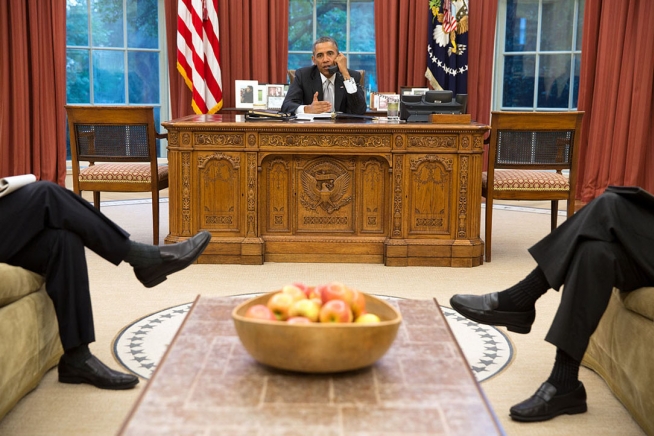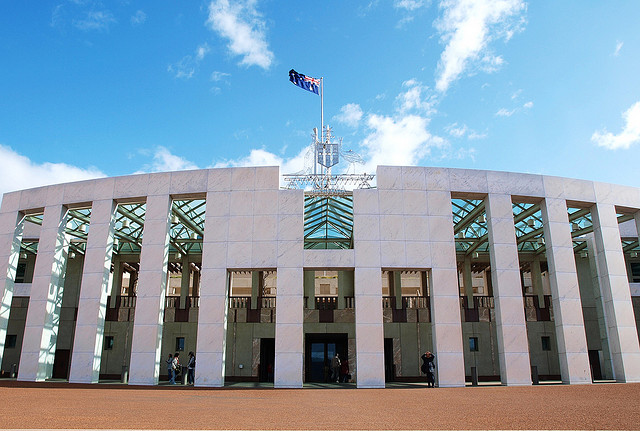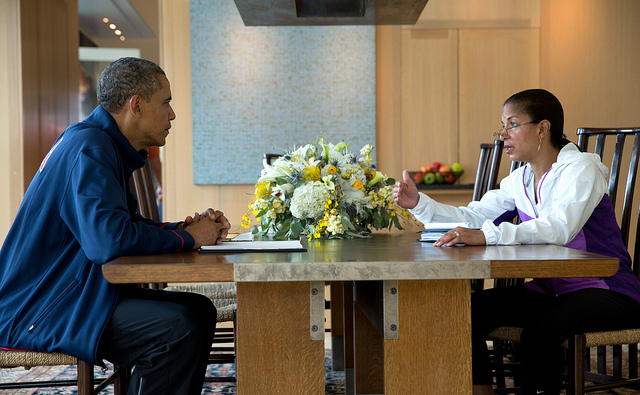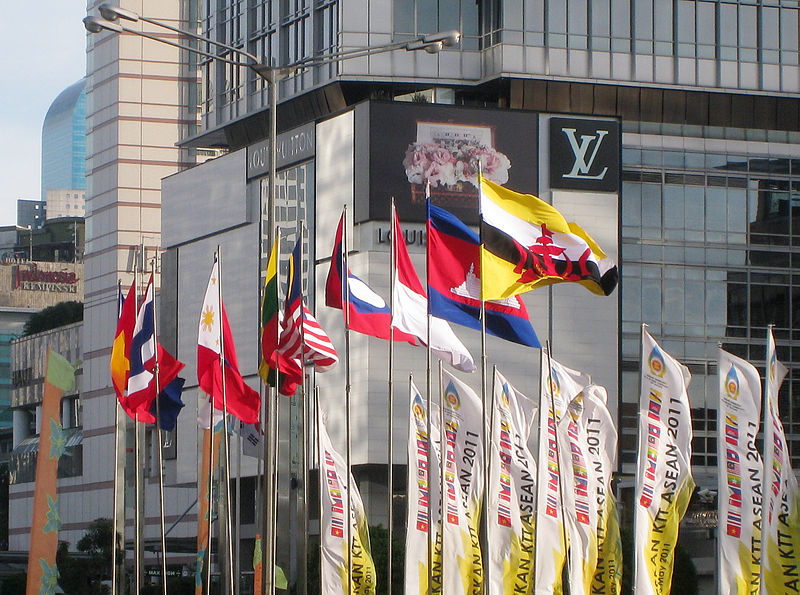Attacking Syria: should emotion or reason prevail?
Call me a bleeding heart, but I don’t think I’m the only one who feels that something simply must be done about the Syrian chemical weapons attacks. I’m not the only normally peaceful soul who hopes that in the next few days the United States will lead a very short and limited military strike against Syrian military facilities. I say those words ‘feel’ and ‘hope’ deliberately because these are largely emotional responses borne of the images and stories of what happened in Ghoula to hundreds of civilians. Indeed, a fair bit of a similar emotional dread was behind the banning years ago of chemical weapons in an international convention that Syria refuses to sign. And US Secretary of State John Kerry’s description of the gas attacks as a ‘moral obscenity’ seems spot on in this context. As a way of venting of that moral outrage, a small volley of cruise missiles sent off by the United States would make it clear that this sort of action, even in the midst of an already barbaric civil war, simply won’t be tolerated. Read more









